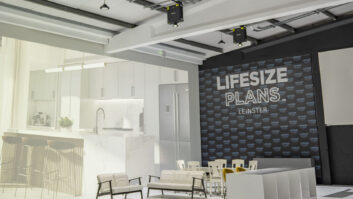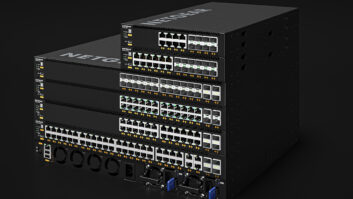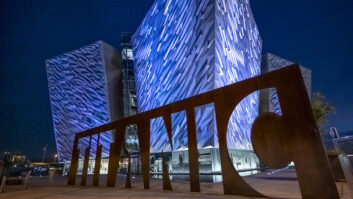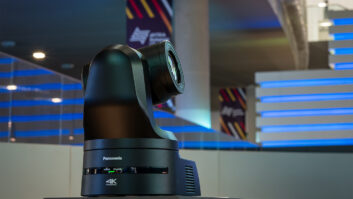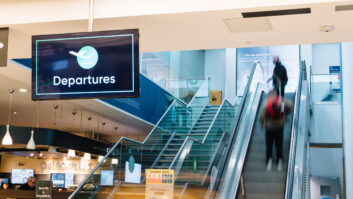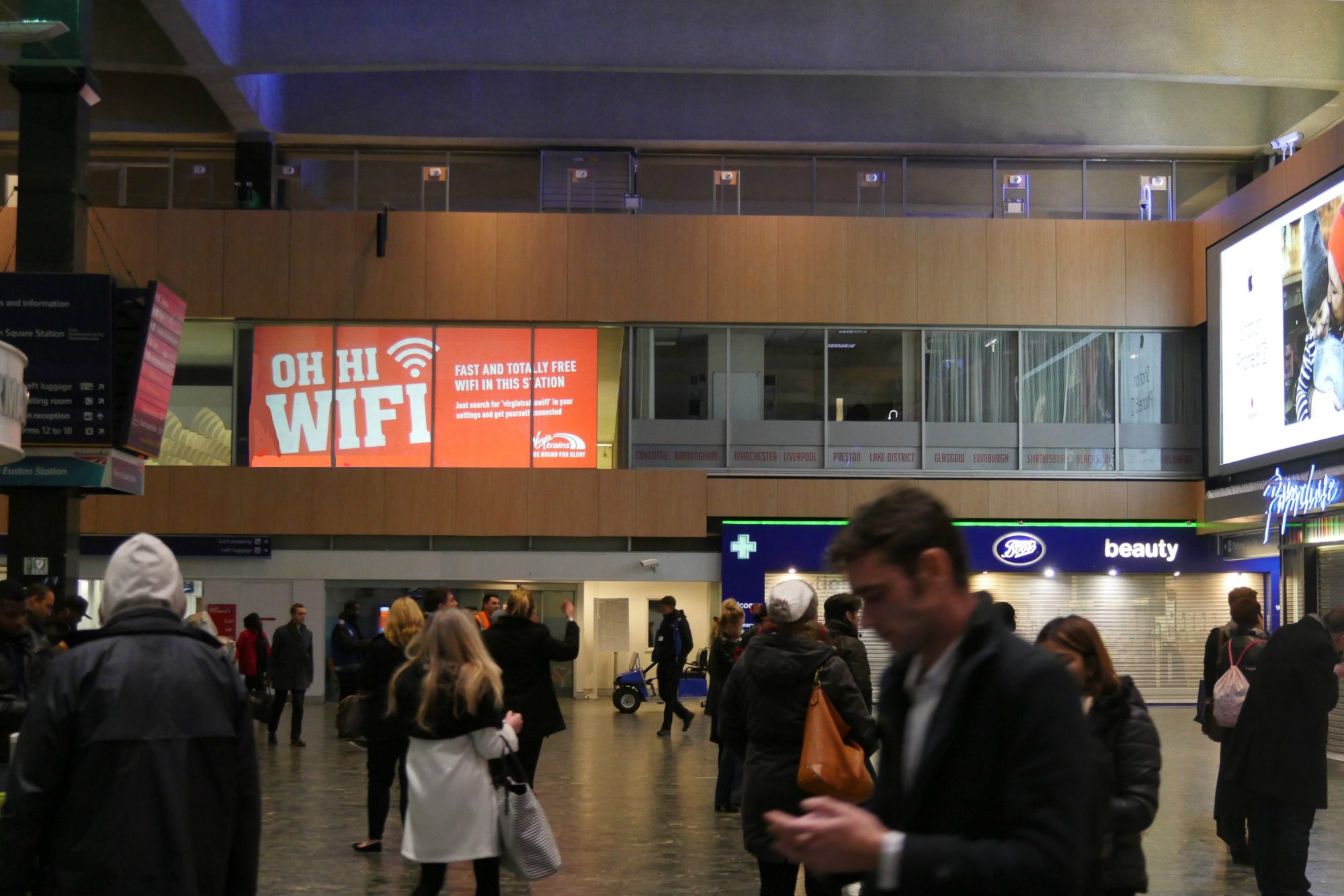
Lucy Meredith, UK marketing specialist at Panasonic Visual, reveals the display capabilities needed to stand out in a crowded market, as well as the advantages of projection technology in certain transport environments.
With so many different displays peppering airports and railway stations, how does a manufacturer make sure its displays stand out?
In the realm of professional displays, I think the networking capabilities and digital signage functionality are really what enables particular manufacturers to stand out from the pack. When transport hubs are installing AV, it’s rarely a single standalone display, it’s usually a considerable number, often showing the same content, so it is at this point that straightforward ways of managing and networking them become important, whether that’s wired or wireless.
For instance Panasonic’s displays use DIGITAL LINK, which is a single-cable solution for both audio and video based on HDBaseT technology. Onboard processing and computing capability is also fast becoming essential in the realm of digital signage, particularly with the advent of system-on-a-chip technology and open-source platforms like Android-based OpenPort. It means that operators don’t have to rely on complex Wintel setups any more – that is, connecting displays to individual computers in order to run content – and having to deal with all the installation challenges and operational troubles that come with doing so. With onboard processing power, displays are more standalone, reliable and flexible.
Displays are excellent in achieving high brightness across a number of environments and scenarios, but are limited in size unless customers opt for a videowall. For spectacular visuals, it may be that projectors are better suited, and in fact in more constrained or awkward spaces projection might actually be the better option, particularly when paired with a short throw lens.
One way that Panasonic is setting itself apart with displays is LinkRay. The technology is a 1-2-1 marketing tool for smartphones, which uses LED light modulation detected by the phone’s camera in order to scan, download and deliver information, whether that’s a website, video or offer code. Panasonic is producing LinkRay-enabled displays in the form of the SF1 series, which means transport operators can build in an additional level of interactivity into their AV for both everyday announcements and advertising. For instance, LinkRay could be used to point visitors to an advertiser’s website where they can get money off through a special link.
In airports and railway stations, what advantages does LED have over other display technologies? And is it becoming more prevalent?
LED offers an unparalleled level of brightness, producing vivid colours that stand out even in brightly lit transport hubs. When displays are being used as an additional advertising revenue source, it’s important that they draw the eye, so LED technology really helps to make content stand out. When displays are running 24 hours a day, energy consumption and resilience move much higher up the list of considerations, and LED displays are the most energy efficient on the market, because they waste very little energy through heat.
The busy nature of transport hubs means dust and dirt is a concern. Thousands of people are circulating through every hour which means AV equipment needs to be built to last. Technology designed for the consumer home environment won’t cut it, especially with intensive 24/7 operation. Panasonic’s new PT-RZ21K, set to be released in early November this year for example is set to be the world’s first filter-free ultra-high brightness projector and can operate in extremely dusty and dirty environments as the laser diode block is hermetically sealed. Panasonic’s series of professional displays are also specifically engineered for intensive use, with stronger panels and casings that can withstand long periods of operation in dusty high-traffic environments.
Are airports and railway stations some of the most challenging environments to operate in?
I think transport hubs are among the most ideal places for digital signage displays – the high turnover of people passing through every hour make them a sought after location for advertising and promotion. Combined with the need to communicate day-to-day routine announcements, systems like digital signage have a lot to offer because the content can be quickly and easily changed or even just run on a loop throughout the day, making the most of that eye-catching screen real estate.
Tell us about a recent installation project that highlights Panasonic’s expertise in the transportation sector.
Panasonic’s work with Virgin Trains at Euston station is a good example of transport AV in action. The operator is using a 17,000 lumen projector in the main concourse to display Virgin Trains offers, tweets and other marketing messages. The projector is being remotely monitored using Panasonic’s CARES (Customer Assurance through Remote monitoring and Enhanced Service), allowing the service team to check the status of the projector and offer a predictive maintenance service. The maintenance is scheduled at the most appropriate time and carried out of operating hours, minimising disruption for the client or the AV content.
It’s an example of how manufacturers through their aftersales service can help customers with mission-critical AV installations to ensure the maximum possible uptime.

